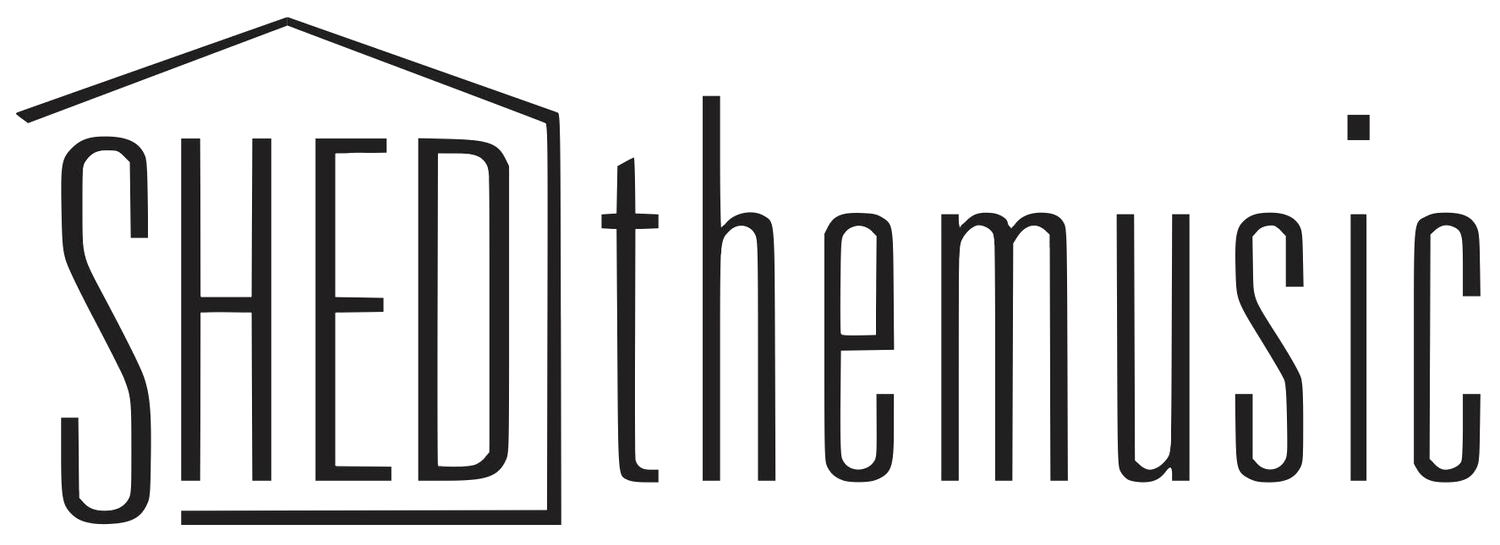Melodic Rhythm
There will be a video overview of each chapter that demonstrates how to complete each section with a multicamera view.
Syncopation, Repetition + Space
Rhythm is the most important component in constructing a melody. Interesting rhythms will often use the same three mechanisms: syncopation, repetition structure, and space.
Syncopation occurs when there is an attack on a weak beat without an attack on the strong beat before it. Most pop songs use syncopated rhythms. The rhythm above shows attacks on the + of 2, + of 3, and the + of 4 without attacks on the numbers before them. This is an example of eighth note syncopation.
Repetition within each measure is important, but repetition within each phrase creates patterns of familiarity and contrast that satisfy the listener’s need for structure. When analyzing repetition structure, give each measure a letter name according to its rhythm: Starting with the letter A, measures with the same rhythm get the same letter. The melodic rhythm in this phrase uses an ABAC repetition structure.
Melodies should be easy to sing. Using space in a melody allows the singer to breathe and provides contrast from sections that might be more active. Rests and sustains have been added to the four-measure phrase to add space.
Analyze
Listen to the melodic rhythm of the vocal line in the choruses of the songs in this Hot Country Playlist →.
Transcribe the rhythm and repetition structure of the melodic rhythms below using the Melodic Rhythm Blank →.
Improvise
Melodic Rhythm Improvisation
Add a keyboard instrument by clicking on add new track -> piano and keyboard track.
Listen to the drum, bass, and synth loop.
Improvise a melodic rhythm using the note C on the piano keyboard.
Make sure to include syncopation, repetition, and space in your rhythm.
Write
Practice improvising melodic rhythms using the drum loop below.
Write a four-measure rhythm that uses syncopation, repetition, and space.
Complete the Melodic Rhythm Organizer →.
Record a performance of your melodic rhythm in the Soundtrap project.
Share To Classroom

